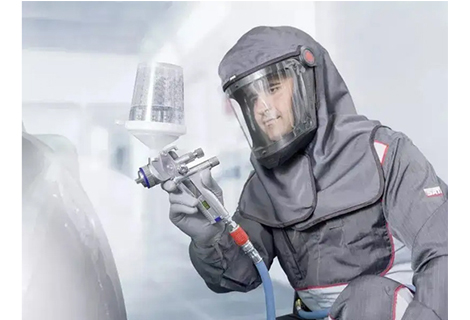Why do we think titanium alloy is a kind of difficult to machine material? Because of the lack of deep understanding of the processing mechanism and phenomena. However, the material characteristics of titanium alloys make it a challenge for many precision machine shop, and many engineers are searching for suitable solutions for this material. At Richconn, we have a wealth of experience in titanium CNC machining, choose our titanium CNC machining service, we can do it to your satisfaction.
Titanium taps (such as TC4) are more difficult to machine than most alloy materials, but choosing the right tap is still possible. Titanium is both hard and lightweight, making it a very attractive metal for aerospace, medical and other industries
Titanium alloy processing cutting force is only slightly higher than the same hardness of steel, but the physical phenomenon of processing titanium alloys is much more complex than processing steel, thus making titanium alloy machining faces great difficulties.
Most of the titanium alloy thermal conductivity is very low, only 1/7 of steel, aluminum 1/16. Therefore, in the process of cutting titanium alloy heat generated will not be quickly transferred to the workpiece or by the chip away, but gathered in the cutting area, the resulting temperature can be as high as 1,000 ℃ or more, so that the cutting edge of the tool quickly wear, chipping and the generation of chip tumors, the rapid emergence of the wear of the knife edge, and then the cutting area to generate more The rapid wear of the cutting edge, and the cutting area produces more heat, further shortening the life of the tool.
The high temperatures generated during the cutting process also destroy the surface integrity of the titanium alloy part, leading to a reduction in the geometric accuracy of the part and the emergence of work-hardening phenomena that severely reduce its fatigue strength.
The elasticity of titanium alloys may be beneficial to part performance, but the elastic deformation of the workpiece during the cutting process is a significant cause of vibration. Cutting pressure causes the "elastic" workpiece to move away from the tool and bounce back, resulting in more friction between the tool and workpiece than cutting. The friction process also generates heat, exacerbating the problem of poor thermal conductivity of titanium alloys.
This problem is exacerbated when machining deformable parts such as thin-walled or toroidal shapes. Machining titanium alloy thin-walled parts to the desired dimensional accuracy is not an easy task. Because as the workpiece material is pushed away by the tool, the local deformation of the thin wall has exceeded the elastic range and produce plastic deformation, the cutting point of the material strength and hardness increased significantly. At this point, machining at the originally determined cutting speed becomes too high, further leading to sharp tool wear.
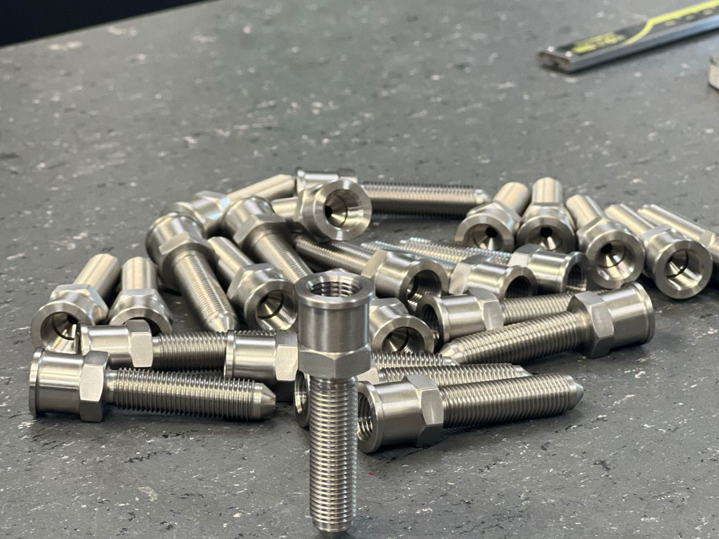
Based on an understanding of the machining mechanism of titanium alloys and past experience, the main process know-how for machining titanium alloys is as follows:
(1) Use inserts with positive angular geometry to minimize cutting forces, cutting heat and workpiece deformation.
(2) Maintain a constant feed to avoid hardening of the workpiece. The tool should always be fed during the cutting process and the radial draft a e should be 30% of the radius during CNC milling machining.
(3) Use high-pressure high-flow cutting fluid to ensure thermal stability of the machining process and to prevent surface denaturation of the workpiece and damage to the cutting tool due to excessively high temperature.
(4) Keep insert edges sharp; dull tools are the cause of heat buildup and wear, which can easily lead to tool failure.
(5) Machine titanium alloys in their softest state possible, as the material becomes more difficult to machine after hardening, and heat treatment increases the strength of the material and increases wear on the insert.
(6) Use a large tip radius or chamfer cut to put as much of the cutting edge into the cut as possible. This reduces cutting forces and heat at each point and prevents localized breakage. When milling titanium alloys, cutting speed has the greatest effect on tool life vc among the various cutting parameters, with radial draft (milling depth) ae second.
Titanium alloy machining insert groove wear is behind and in front of the local wear in the direction of the depth of cut, it is often due to the hardened layer left behind by the pre-processing. Chemical reaction and diffusion between the tool and the workpiece material at a machining temperature of more than 800 ℃ is also one of the reasons for the formation of groove wear.
Because in the machining process, the titanium molecules of the workpiece in the front of the blade accumulation, in the high pressure and high temperature "welding" to the cutting edge, the formation of chip tumors. When the chipoma peels away from the cutting edge, it carries away the carbide coating of the insert. Therefore, titanium machining requires special insert materials and geometries.
The focal point of titanium machining is heat, and large quantities of high-pressure cutting fluid have to be sprayed onto the cutting edge in a timely and accurate manner in order to remove the heat quickly. There are unique milling cutter configurations on the market that are specifically designed for titanium machining.
Cutting fluid (coolant/lubricant) affects tap life. While the same cutting fluids used for other operations on titanium alloys are an option for tapping, such fluids may not always produce the desired thread quality and tap life. We recommend the use of a quality emulsion with a higher oil content, or better yet, a tapping oil.
In tapping, the lubricating properties of the cutting fluid are usually more important than the cooling, since the tap runs at relatively low speeds and does not remove large amounts of material. Lubricity helps extend tap life and protects the surface finish of the threads.
Tapping extremely difficult-to-machine titanium alloys may require the use of tapping pastes containing additives. These additives are designed to adhere to the cutting surface despite the high machining forces generated at the tool and workpiece interface. The disadvantage of tapping pastes is that they must be applied manually and cannot be applied automatically by the machine's cooling system.
Taps are particularly susceptible to vibration, which can reduce thread quality and shorten tap life. For this reason, high performance tapping shanks should be used to provide a rigid setup. Rigid/synchronized tapping cycles are possible on CNC machining centers because the spindle rotation can be precisely synchronized with the tap feed axis in both clockwise and counterclockwise directions.
This capability makes it possible to produce threads in taps without length compensation.
Some tapping toolholders are designed to compensate for the slight synchronization errors that can occur with even the best CNC equipment (branded tapping toolholders are recommended).
For maximum accuracy and repeatability, check your part's fixtures to ensure that your workholding system is adequately secured to the part. This advice is especially important for low-volume job shops and high-volume automotive production plants, which are more likely than ever to encounter work involving titanium workpieces.
Many of these workpieces have thin walls and complex features that favor vibration. In these applications, rigid setups favor every machining operation, including tapping.
For these reasons, we recommend working with your work fixture rapid prototyping companies so that they have a clear understanding of the problem at hand. Doing so will help avoid miscommunication and reduce overall project costs.
Tap life depends on many factors, including the capabilities of the machine tool, the accuracy of the feed control, the quality of the tapping shank, the grade grade of titanium alloy, the type of coolant or lubricant, and more.
Optimizing all of these factors will ensure a cost-effective tapping operation.
A good rule of thumb when tapping titanium is to expect to make 250-600 holes per tapping for a hole twice the depth of its diameter. Keep good records to monitor tap life. (Of course, it's always important to keep good records when engaging in machining with a new tap, no matter what type of material you're working with.)
Unexpected changes in tap life may indicate that key variables must be adjusted. Problems with the tapping operation may also indicate conditions that negatively affect other operations.
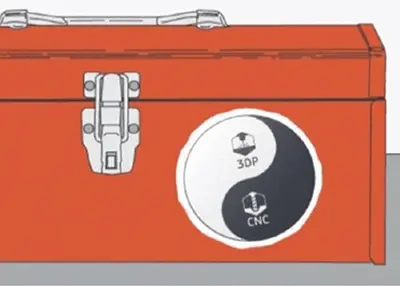 CNC Machining and 3D Printing for Metal PartsOctober 18, 2023Are you designing metal parts? When you add metal CNC machining and 3D printing to your repertoire of manufacturing tools, you're not just more flexible when it comes to part design. You can also source them in less time and at a lower cost than ever before.view
CNC Machining and 3D Printing for Metal PartsOctober 18, 2023Are you designing metal parts? When you add metal CNC machining and 3D printing to your repertoire of manufacturing tools, you're not just more flexible when it comes to part design. You can also source them in less time and at a lower cost than ever before.view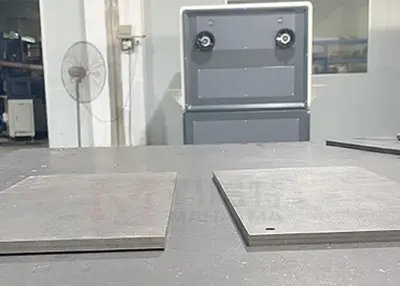 Steel Plate Flatness Tolerance: The Choice When You Have Flatness Tolerance for Steel PlatesAugust 4, 2023With the continuous improvement of manufacturing quality requirements, steel plates, as an important basic material and mechanical component, their flatness directly affects the precision of subsequen...view
Steel Plate Flatness Tolerance: The Choice When You Have Flatness Tolerance for Steel PlatesAugust 4, 2023With the continuous improvement of manufacturing quality requirements, steel plates, as an important basic material and mechanical component, their flatness directly affects the precision of subsequen...view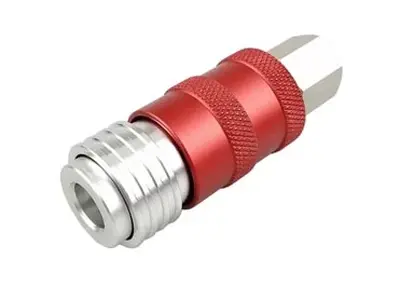 What Is Anodizing: Exploring the Anodizing Process and TypesAugust 31, 2023Anodizing goes beyond surface enhancement; it represents an extraordinary electrochemical transformation that endows a diverse range of metals with exceptional characteristics. If you've ever wond...view
What Is Anodizing: Exploring the Anodizing Process and TypesAugust 31, 2023Anodizing goes beyond surface enhancement; it represents an extraordinary electrochemical transformation that endows a diverse range of metals with exceptional characteristics. If you've ever wond...view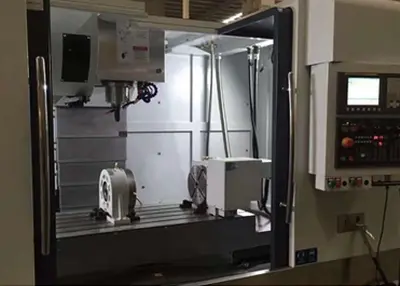 What Will Determine the Precision of CNC Machining?August 10, 2022In the preparation of CNC machining programs, proper use of methods and techniques is of great significance to ensure and improve the machining accuracy of CNC machine tools. So what determines the ma...view
What Will Determine the Precision of CNC Machining?August 10, 2022In the preparation of CNC machining programs, proper use of methods and techniques is of great significance to ensure and improve the machining accuracy of CNC machine tools. So what determines the ma...view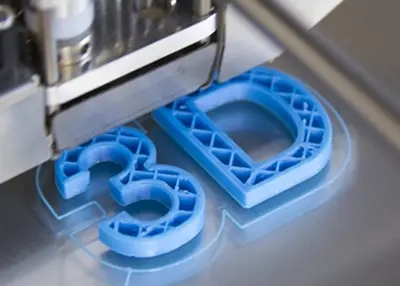 3D Printed Plastic: Prototypes: What's Next?October 10, 2023Manufacturing technologies are continually evolving, opening up new opportunities for manufacturers throughout the entire life cycle. More and more product developers are choosing to switch from one production process to another or switch between processes as needed.view
3D Printed Plastic: Prototypes: What's Next?October 10, 2023Manufacturing technologies are continually evolving, opening up new opportunities for manufacturers throughout the entire life cycle. More and more product developers are choosing to switch from one production process to another or switch between processes as needed.view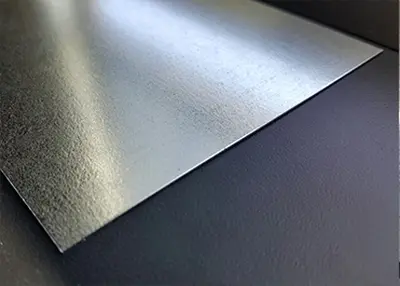 Galvanized Sheet Metal: Unveiling the Power of a Versatile MaterialSeptember 28, 2023When it comes to construction and engineering, one material that stands out for its versatility and durability is galvanized sheet metal. In this comprehensive guide, I will take you on a journey through the world of galvanized sheet metal, exploring its various facets, applications, and even its synergy with CNC technology.view
Galvanized Sheet Metal: Unveiling the Power of a Versatile MaterialSeptember 28, 2023When it comes to construction and engineering, one material that stands out for its versatility and durability is galvanized sheet metal. In this comprehensive guide, I will take you on a journey through the world of galvanized sheet metal, exploring its various facets, applications, and even its synergy with CNC technology.view
 EN
EN
 ru
ru 


